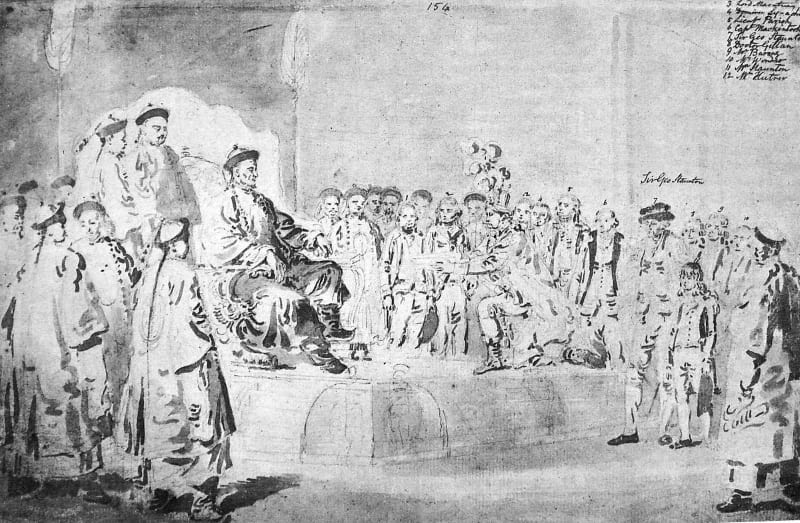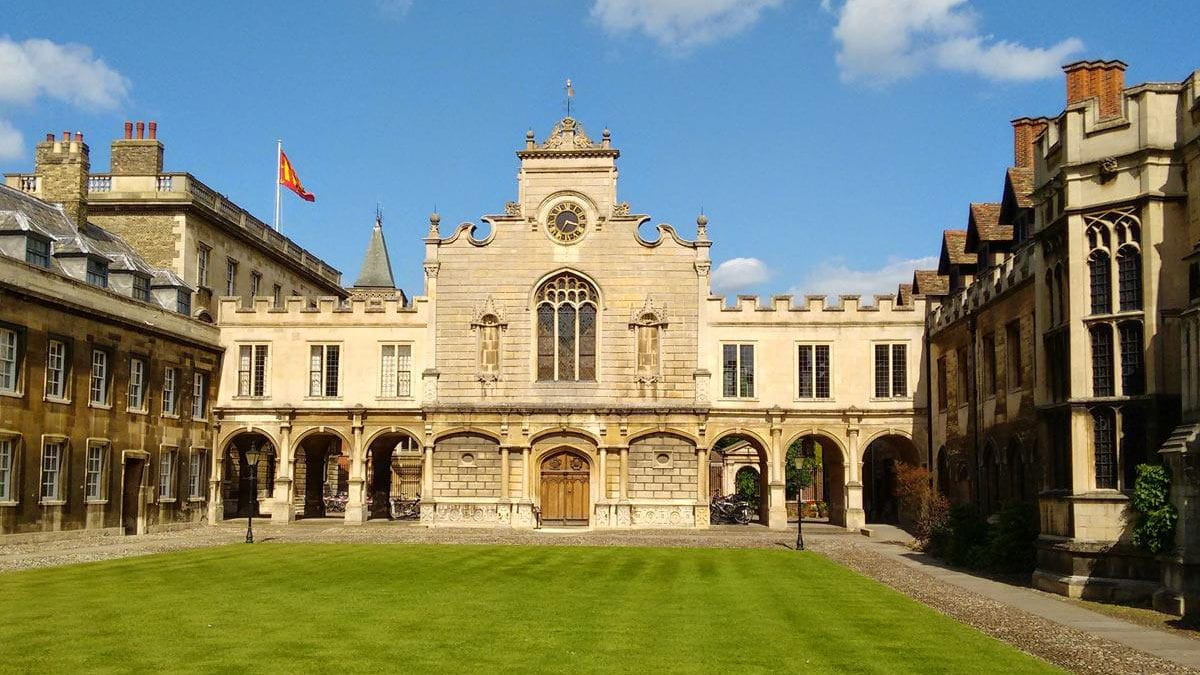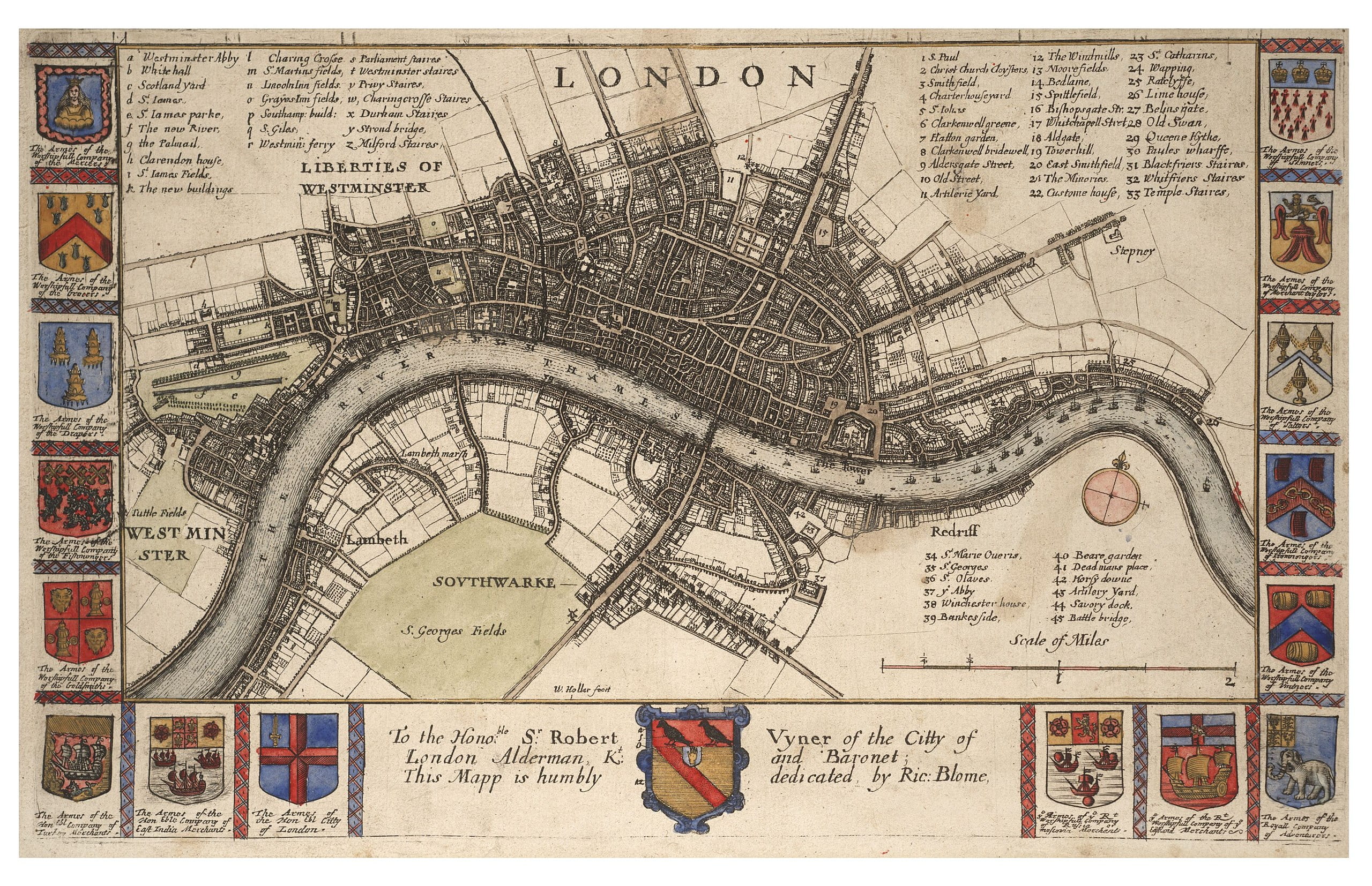Tag Britain
by guest contributor Nile A. Davies
By Editor Spencer J. Weinreich It is seldom recalled that there were several “Great Plagues of London.” In scholarship and popular parlance alike, only the devastating epidemic of bubonic plague that struck the city in 1665 and lasted the better… Continue Reading →
By guest contributor Jacob Romanow When people call a book “melodramatic,” they usually mean it as an insult. Melodrama is histrionic, implausible, and (therefore) artistically subpar—a reviewer might use the term to suggest that serious readers look elsewhere. Victorian novels,… Continue Reading →
by guest contributor Tess Goodman The souvenir is a relatively recent concept. The word only began to refer to an “object, rather than a notion” in the late eighteenth century (Kwint, Material Memories 10). Of course, the practice of carrying a… Continue Reading →
by contributing editor Robby Koehler Writing in the late 1560s, humanist scholar Roger Ascham found little to praise in the schoolmasters of early modern England. In his educational treatise The Scholemaster, Asham portrays teachers as vicious, lazy, and arrogant. But… Continue Reading →
by guest contributor Sarah Bendall Our everyday lives are surrounded by objects. Some are mundane tools that help us with daily tasks, others are sentimental items that carry emotions and memories, and others again are used to display achievements, wealth… Continue Reading →






